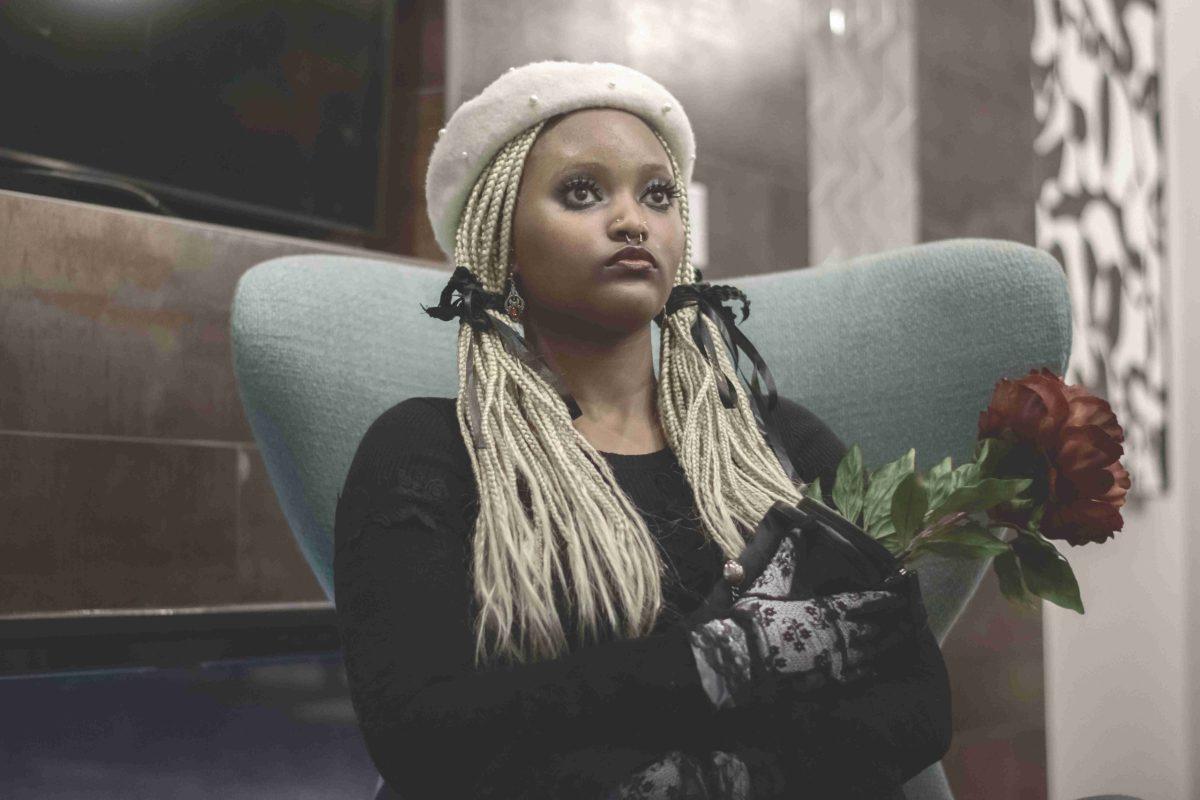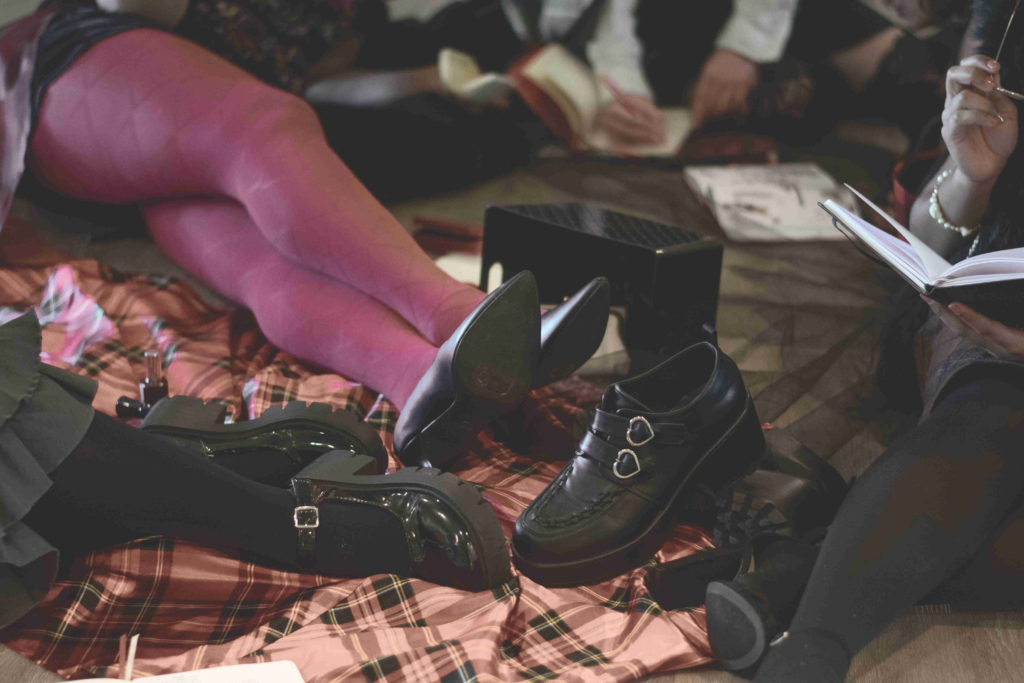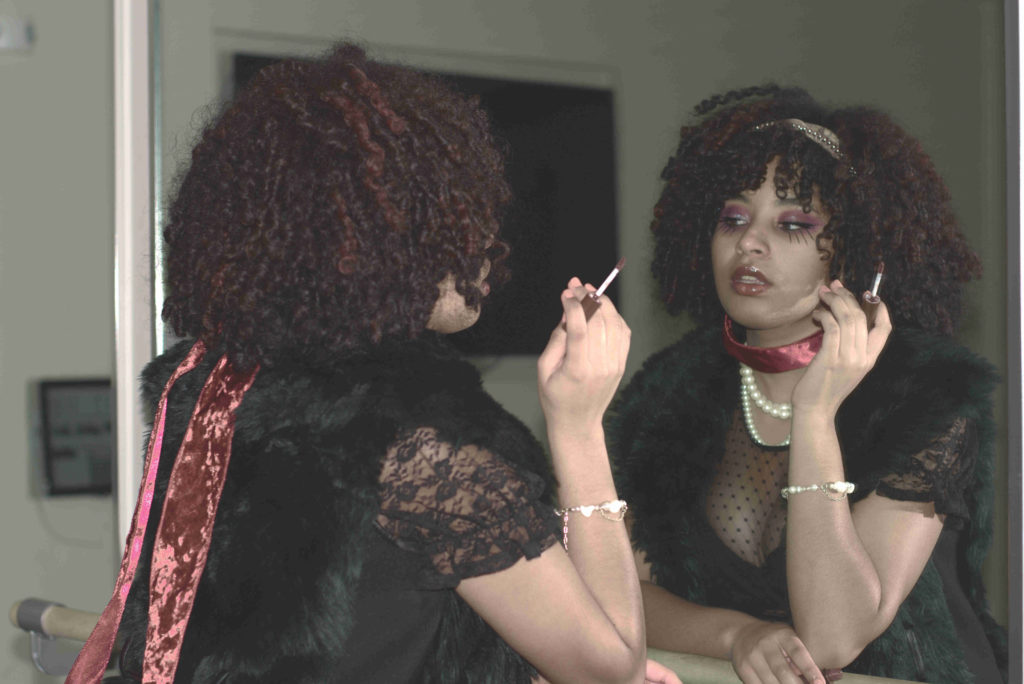When fashion icon Vivienne Westwood died on Dec. 29, celebrities and casual consumers alike mourned her. However, Westwood is immortalized by her rich history and influence on alternative fashion, especially here at UTD.
A surge of individualistic freedom, rebellion and anti-establishment ideology powered the beginning of the punk movement in the ‘70s, rivaling the popularity of disco. A big driver of any era is the fashion, but one mother of fashion wasn’t attracted to the hippie aesthetic that dominated the industry at the time. Instead she turned to themes of anarchy and sensual femininity that transformed her into a household name for lovers of fashion. Members of UTD fashion club are inspired by many designers and fashion icons, but the passing of Dame Vivienne Westwood left them to reminisce on her legacy.
“I want to emulate those Victorian elements that she incorporates into many of her pieces as well as the vibrant patterns she uses,” fashion club president Mya Casey said. “Most of all I love the fact that a lot of her fashion was used to make a statement and question social norms. I believe that fashion truly becomes fine art.”
Westwood’s brand was built by both her impact on the punk movement and her advocacy. Her legacy begins with the disruption of the classicism of British society. The English youths of this era were breaking away from the confines of posh expectations and expressing themselves through loud and sometimes vulgar trends in music and fashion. Her controversial fashion choices consisted of fetish wear and edgy aesthetics that rivaled the conservative status quo of British fashion. Matching the shocking nature of her clothes, Westwood’s famous King’s Road Boutique “SEX” was one of the first popularized punk shops and the hangout spot for the outcasts that would eventually become the Sex Pistols. Her clothes screamed sensuality and pushed for the rebellion that the punk movement strived for and UTD students are following in her footsteps by making controversial and uncommon fashion choices.
“I feel like the graphic art and asymmetry of a lot of Vivienne Westwood’s works — especially in her more punk-focused eras amplified a lot of what punk feels like just by how extravagant and ‘loud’ her designs came off as,” fashion club member Lauren Mangu said.
In the ‘70s, Westwood’s former partner Malcolm McLaren managed a blossoming rock band, the Sex Pistols, leading to her becoming the outfitter for the iconic punks. The band became a symbol of Britain’s political turmoil as their music preached themes of anarchism. The band’s wild attitude and behavior combined with Westwood’s progressive and unconventional clothing brought the punk aesthetic and mentality into popular media. Westwood created pieces using household items such as zippers, latex, hardware and safety pins, inspired by BDSM. Both the Sex Pistols and Westwood challenged the monarchy and used boldness to promote individuality, and Westwood’s boutique continues to distinguish itself from other luxury brands.
After the fall of the Sex Pistols and the murder accusations against the band’s bassist Sid Vicious, Westwood moved away from the darker nature of punk and began an era of Romanticism, inspired by the 18th century. The designer parodied many historical pieces of English fashion — utilizing tartan and tweed — and her pieces poked fun at the dramatic nature of the bourgeoisie, a mocking of the rich that Gen Z will easily relate to. One of her most iconic works was her modern take on corsets and bodices that has been popularized in today’s fashion. Her pieces held onto the spirit of punk while appealing to new generations that adore vintage apparel. College students emulate this vintage aesthetic by thrifting and adding DIY aspects to their outfits to find out where they land on the punk to romantic spectrum of the Westwood eras.
“I feel like romantic and punk styles juxtapose each other in a great way,” Casey said. “This dichotomy that Vivienne and a lot of other designers [and] stylists use gives the traditionally feminine look a lot more character. I like these types of looks because to me it shows the audience that the model is multifaceted in their self-expression.”
Westwood was also an advocate against overconsumption and climate change, despite working in an industry that tends to negatively affect the environment. She urged consumers to invest in long-term pieces as opposed to fast fashion and opted for vegan handbags in her clothing brand. And in 1989, she mockingly impersonated Margaret Thatcher, who was against social welfare.
“We have got to change our ethics and our financial system and our whole way of understanding the world,” Westwood said. “It has to be a world in which people live rather than die; a sustainable world. It could be great.”
Romance was not seen as a one dimensional force in Westwood’s eyes, but showed that Rococo and love could be meant for outcasts too. She simultaneously portrayed a disdain for the lack of progress in her country and love for fashion through bold and dreamy color palettes that refused to conform to color theory. Along with beautiful and chaotic color, iconic closet staples for Westwood’s later collections included ribbons, pearls and any jewelry pieces with her iconic logo, the orb. The orb is the sovereign’s orb combined with the rings of Saturn, representing the significance of the past while barreling towards the future. She began her journey with the Sex Pistols and their nihilistic worldview, encouraging an era of punk individualism. In the modern era, her outfits are seen on celebrities such as Olivia Rodrigo, Kristen Stewart, the Hadid sisters and other fashion icons, allowing Westwood to indirectly inspire the youth of today.
“I also heard some discourse saying that punk as a subculture was dying and was being absorbed into a general alternative fashion,” Casey said. “Finding out about Vivienne’s death felt like a confirmation of punk’s death too.”
Even in death, Westwood continues to pour a level of whimsy and humor over punk statement pieces, showing that punk doesn’t have to be hateful and dreary. She will be remembered for the lovable spirit that drove the punk subculture, being a person who would spin in a dress without knickers on while meeting the queen and bringing fashion into a world that transcends past and present.
RIP Dame Vivienne Westwood 1941-2022.









